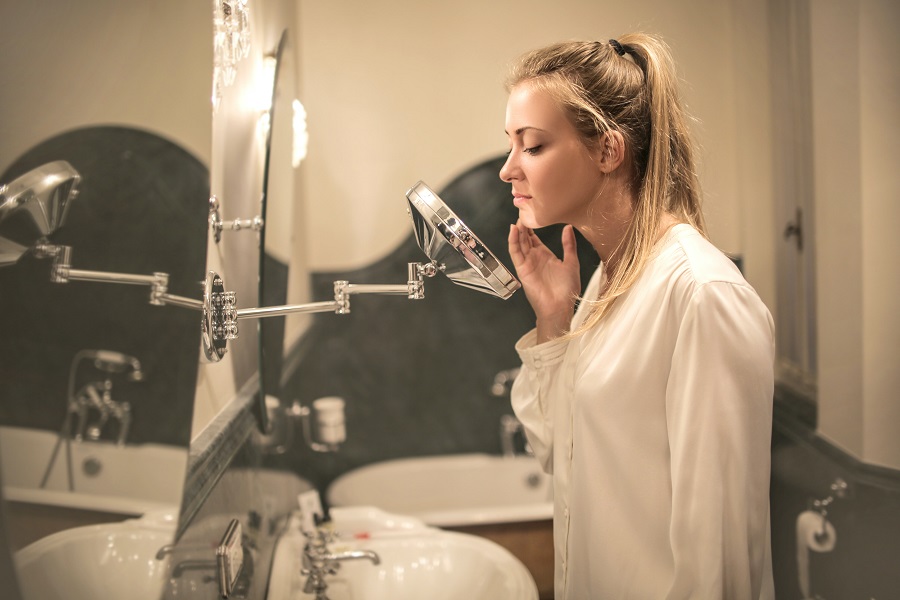
CAUSES OF ADULT ACNE + HOW TO COMBAT IT
Pimples, breakouts, zits – whatever you call them, it’s no secret that adult acne can be a real drag – especially since your adolescent years are far behind you, and you shouldn’t have to be struggling with all that came with it. What gives, ladies?
For better or worse, around 85 percent of women and 15 percent of men struggle with breakouts long after they reach age 18. Sometimes, acne persists until well into middle age or even for life. A small number of people may even find their acne worsens with age. How frustrating is that?
The good news is that the science of acne and skincare has come a long way from the days when the main treatment was “stay indoors and hide.” There’s no longer any reason to settle for skin you don’t absolutely love.
THE ANATOMY OF ADULT ACNE
The number one cause for adult acne is inflammation. In fact, acne itself is an inflammatory condition with hereditary ties (meaning it may be in your genes). And in case you were wondering, that does mean your efforts at hygiene aren’t to blame, even if that’s something mean people said in high school. Here’s what happens in the average breakout:
First, your pores trap dirt and debris (oil, sebum, dead skin cells, cosmetics, etc.) within your skin over time. Normally, this junk would be expelled over time or even rinsed out when you wash your face. But for people with adult acne, the skin around pores becomes inflamed, trapping debris inside where it causes irritation.
Then, your body begins to perceive all the junk inside pores as a foreign body that needs to be expelled. It slowly builds up walls around the material and tries to push it out by increasing circulation and causing localized swelling/fluid build-up. Because the pore is blocked, what you end up seeing is a raised, red bump – a zit.
WHAT CAUSES INFLAMMATION?
Now, this is where things get a little bit more complicated. Exactly what causes the inflammation associated with adult acne remains a bit of a mystery – or at least, the reason isn’t always the same for every person. Some people have a specific trigger, while for others, the cause seems to be multiple influences at the same time. Let’s review a few of the most common:
HORMONES
There is evidence to show that fluctuating sex hormones (testosterone and estrogen) may trigger adult acne for a small number of patients. It is generally accepted that this is a side effect of how they affect the entire body.
Testosterone, for example, changes body pH and increases circulation, while estrogen raises blood pressure and can produce vasoconstriction. Both can also change how fast your skin turns over cells and/or how much oil it produces.
Because of the nature of how sex hormones work, you are more likely to experience acne related to hormones during puberty, menstruation, pregnancy, or menopause. But severe acne may also be a sign of a hormone-related condition, such as PolyCystic Ovarian Syndrome (PCOS), too.
CONTACT DERMATITIS/IRRITATION
Your skin’s number one job is to act as a defense against the outside world. It completes this job by becoming irritated by any foreign object that tries to break through it (kind of like us when the doorbell rings during a Sunday Netflix marathon). Ultimately, anything irritating has the potential to lead to adult acne breakouts.
This includes harsh cleansers and skincare products, scrubs, razors, cosmetics, and even your own fingers if you scratch, pick, or try to pop existing blemishes. Think of it this way: skin that breaks out is extremely sensitive, and that means you need to be extra-kind to it and extra-cautious of what you do to it.
EMOTIONAL UPHEAVAL
Stress and emotional upset can lead to systemic changes in the body – including inflammation! That means that your busy, hectic lifestyle or difficult situations you encounter might be contributing to your acne, too.
Here’s how it works. When you experience difficult emotions and experiences, the body has a tendency to enter “fight or flight.” It begins to pump out adrenaline and cortisol; these chemicals trigger your body to prepare for trouble.
Cortisol is the real troublemaker, here. Not only can it make skin more fragile and prone to microtears, but it also directly causes inflammation in the first few layers of the derma. This double-whammy lets more bacteria in while also clogging pores.
PHYSICAL ILLNESS
There is also evidence that any kind of physical stress and strain on the body might affect your skin, either directly or indirectly. For example, when you are sick, your body naturally elevates cortisol levels. When you suffer from an autoimmune condition, on the other hand, your body might have a harder time clearing out impurities and fighting off secondary infections.
Virtually anything that’s hard on the body can have this effect: lack of sleep, having the flu, drinking too much alcohol, working too much, and yes, even pushing your body to extremes once in a while (e.g., running a marathon). And being exposed to LA’s crazy levels of smog and air pollution? That’s also considered a significant source of physical stress, too.
SECONDARY INFECTIONS
Although it isn’t as common, it is possible for over-colonization of certain bacteria (such as Propionibacterium acnes) to lead to adult acne. Researchers aren’t yet sure exactly why some people seem to struggle with these germs more than others, but it’s likely a result of certain genetic quirks or health conditions.
OTHER LESS COMMON TRIGGERS
There are a few other less common triggers that might lead to adult acne. One of the most common is medications – specifically:
- Antidepressants
- Epilepsy drugs
- Birth control pills
- Hormones
- Steroids
These all produce microscopic changes in how skin functions, which can impair its ability to heal and clear toxins. Birth controls are of special concern, as are steroids. Most steroids act like cortisol in the body, triggering inflammation and overproduction of oil.
And birth control is essentially a type of hormone, which means it can interfere with pH, oil production, pore size, and just about every other skin function, too. Researchers don’t yet understand why some people seem to experience breakouts from antidepressants and epilepsy drugs. However, it is likely that it comes from a similar type of change within skin function.
HOW TO TREAT ADULT ACNE
Now that you understand more about the causes of adult acne, let’s talk a bit about how you can ameliorate it, in four simple steps:
- Schedule a medpsa consultation for a diagnosis. It’s important to start with a diagnosis so you can better understand your individual acne story. Your provider can also prescribe you medicated products that relieve inflammation and help you keep your skin clear for longer periods of time.
- Avoid any harsh scrubs or products (unless your provider specifically recommends them). Nearly all of these cause additional inflammation, which just exacerbates the problem rather than fixing them. Some of these, such as mild abrasives, have their place – but you should only use them with direction.
- Clean up your diet and your life. Eating a healthy diet that’s low in sugars and “bad fats” might help your body function better, which could also improve your skin. Drinking plenty of water matters, too, as hydration is a critical part of the skin detoxification process.
- Research easy, natural home remedies to try (but only use them if your provider approves). Some people benefit from topical apple cider vinegar due to thee way it acidifies skin. Aloe vera, green tea extract, and zinc might help your skin fight off bacteria, while tea tree oil’s astringent effect helps dry blemishes out. And probiotics help replenish good bacteria, keeping secondary infections in check.
 None
None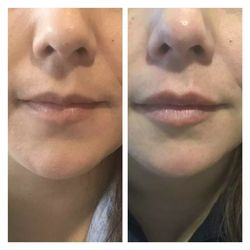 None
None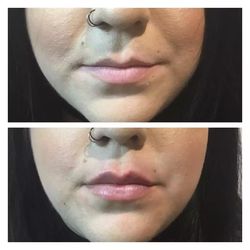 None
None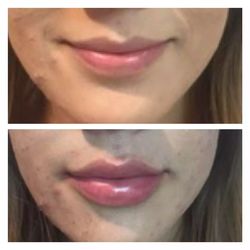 None
None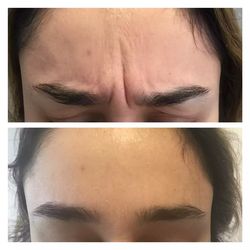 None
None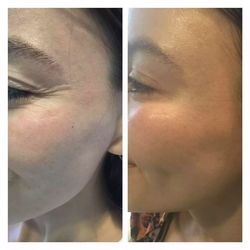 None
None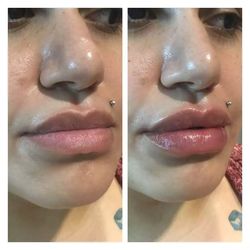 None
None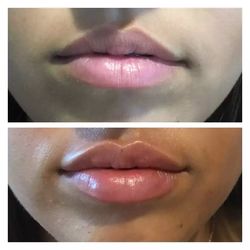 None
None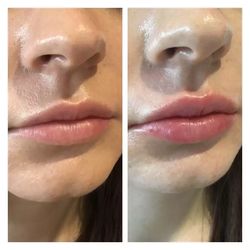 None
None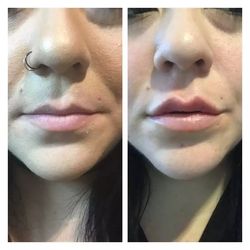 None
None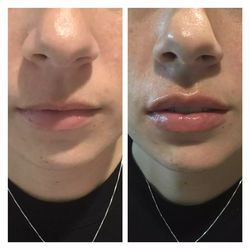 None
None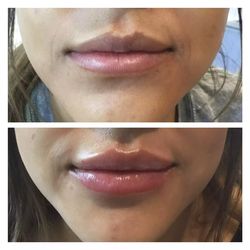 None
None None
None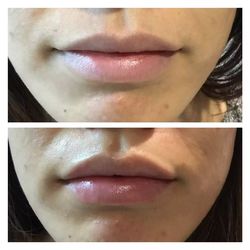 None
None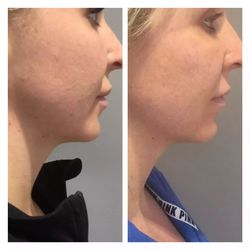 None
None None
None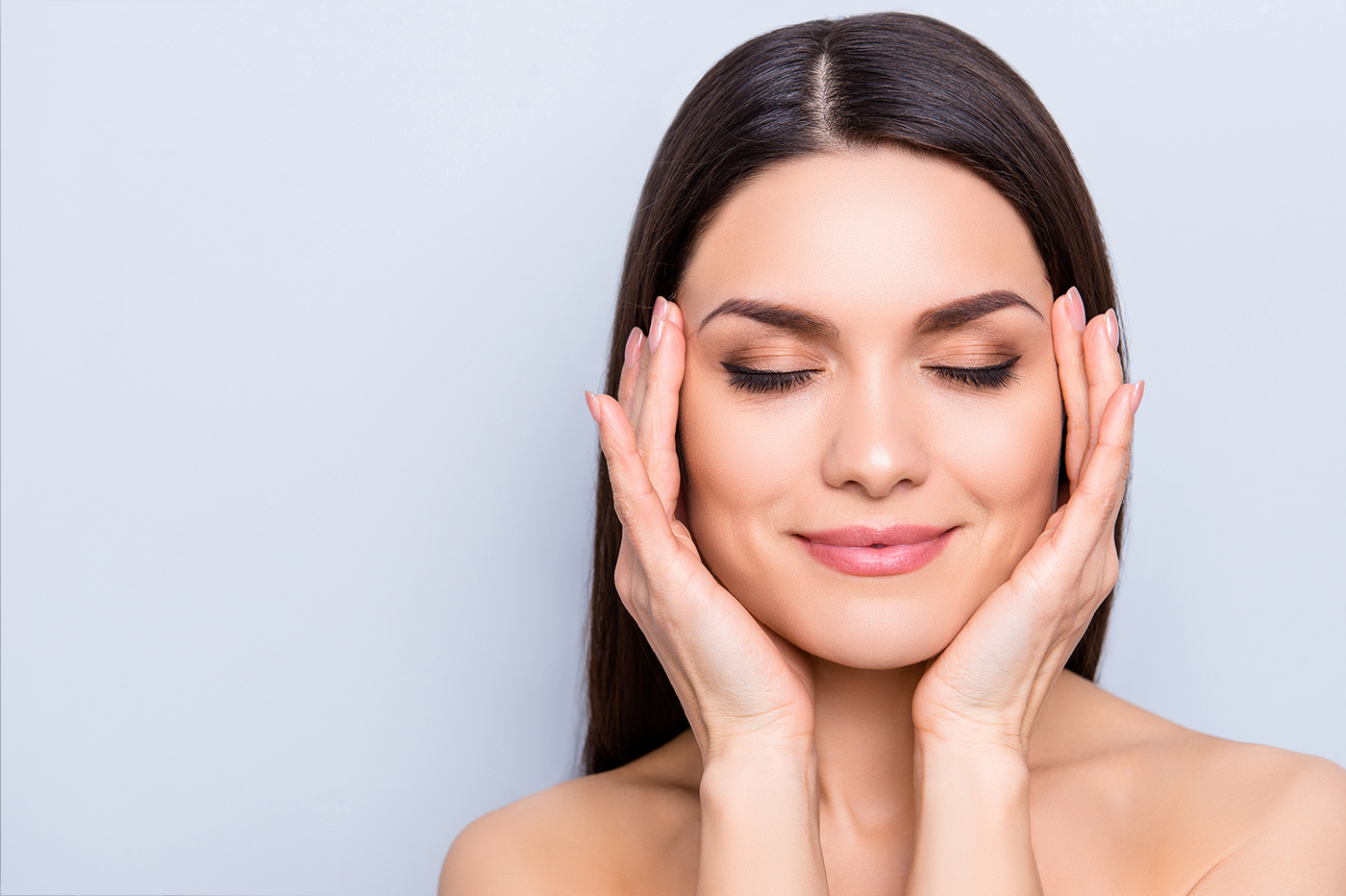
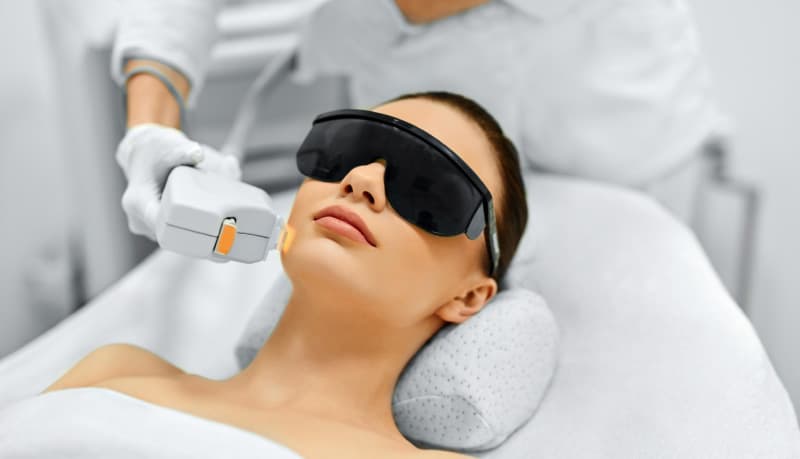

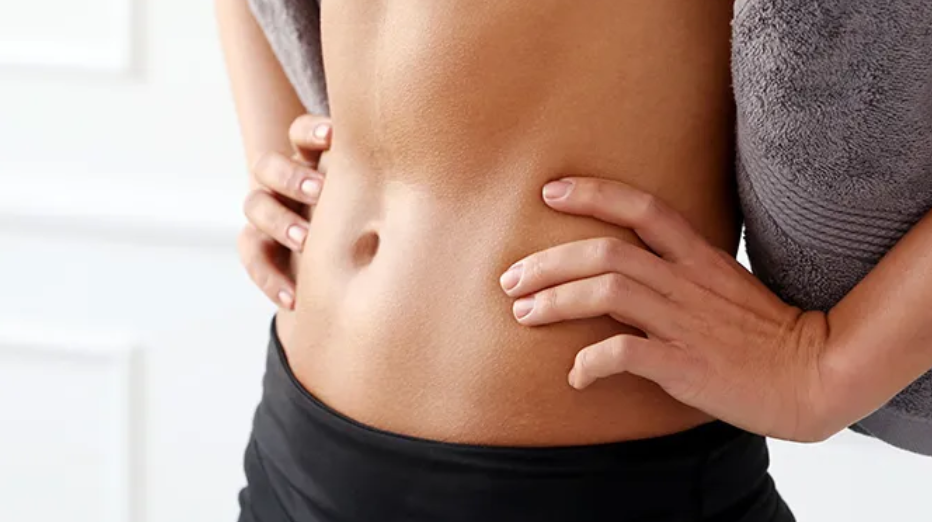
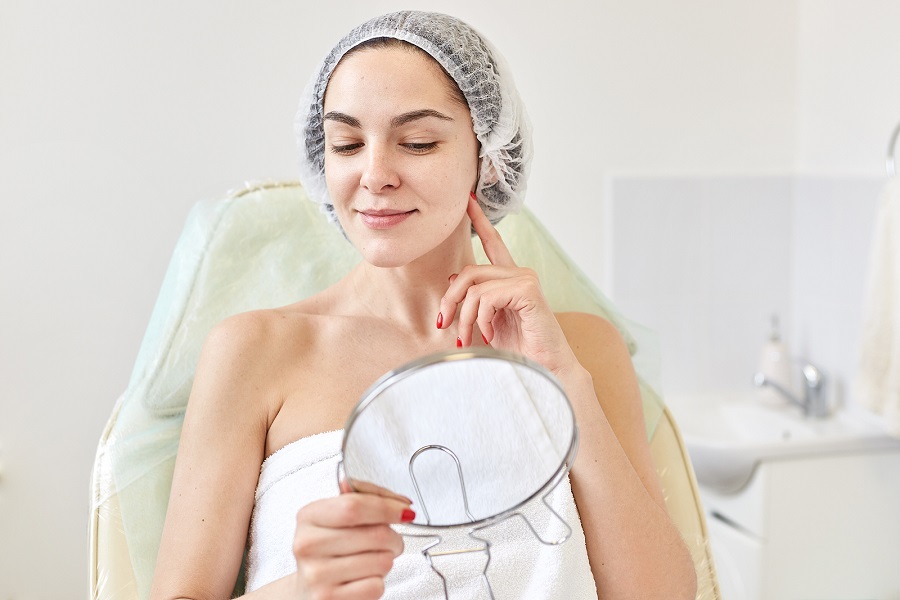

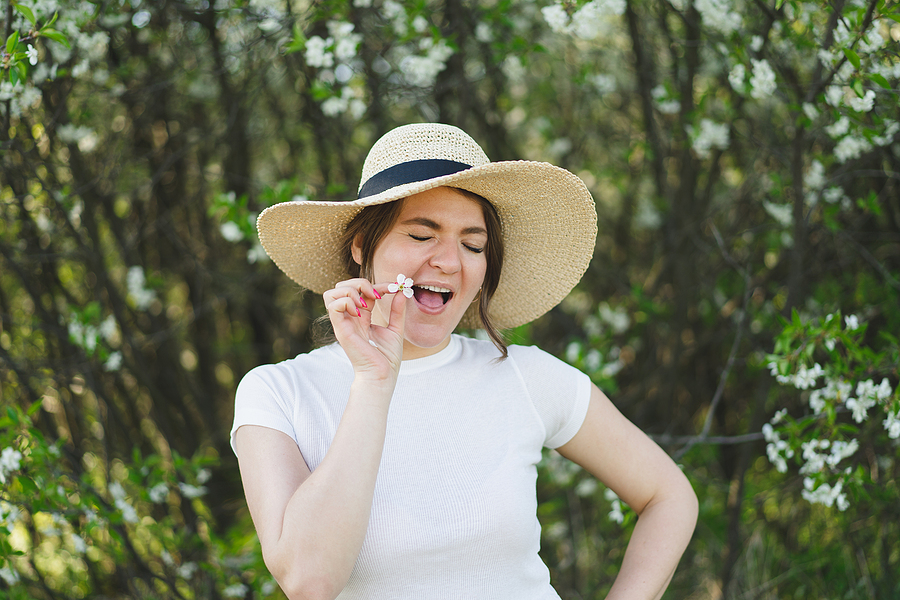

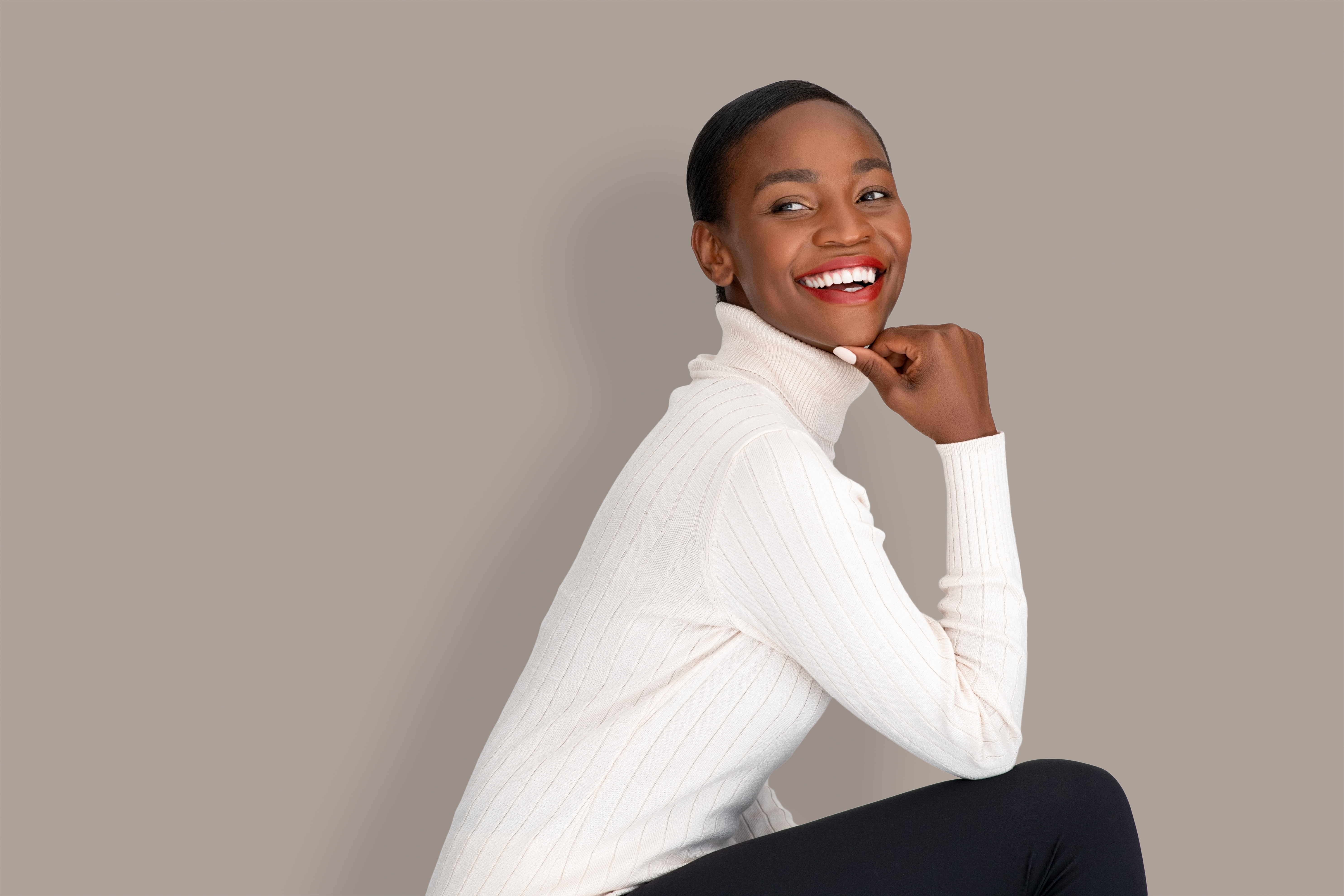


0 comments